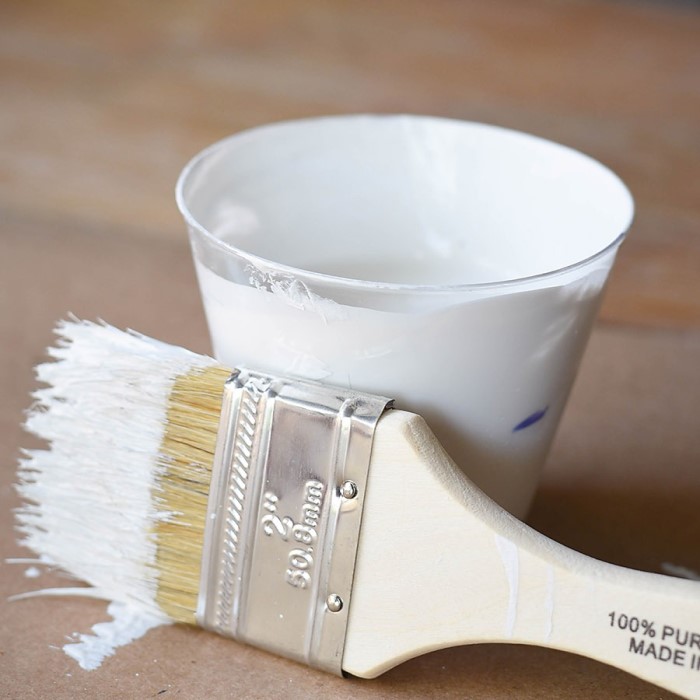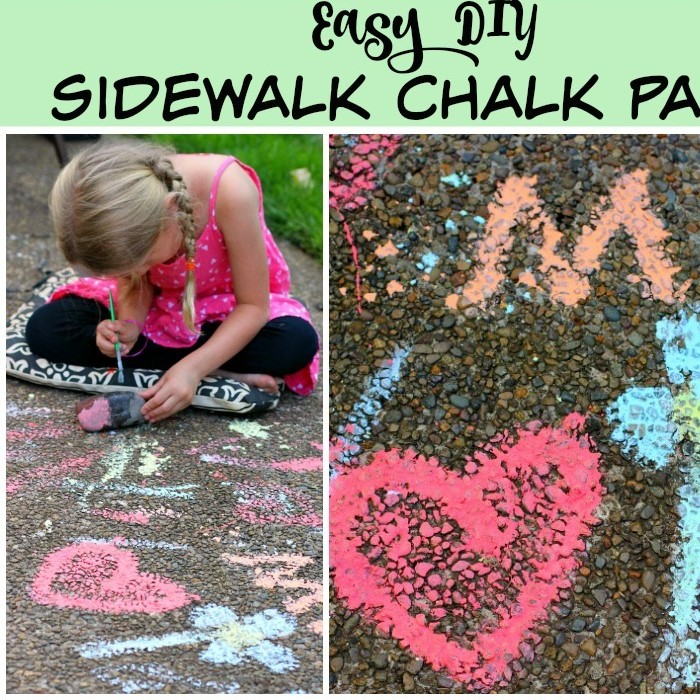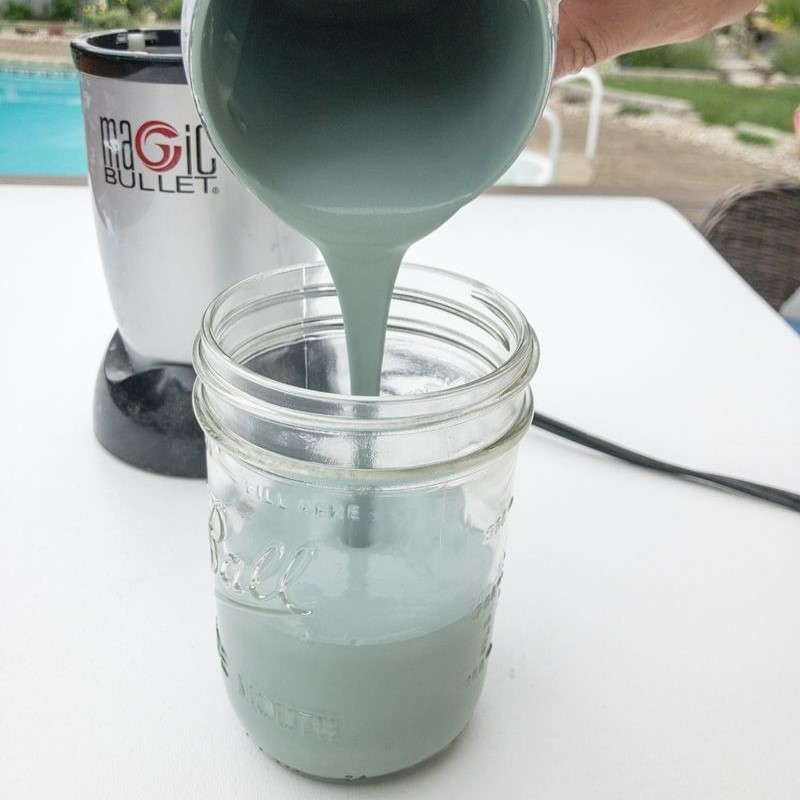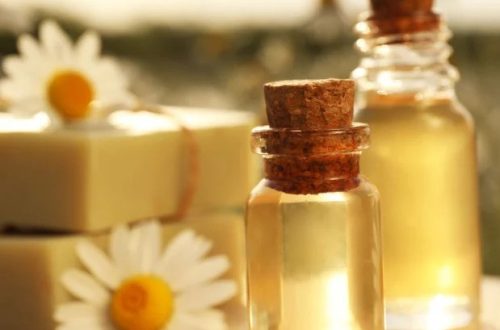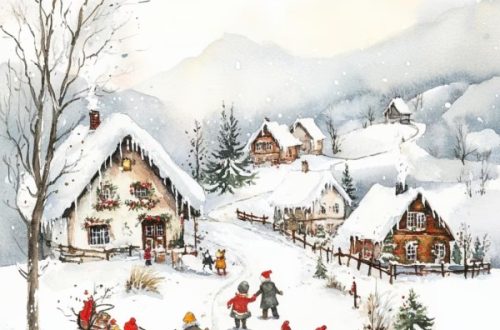Introduction
Chalk paint has surged in popularity among DIY enthusiasts and home decorators. Its unique matte finish not only revitalizes furniture but also adds a rustic charm to any space. This article will focus on how to make chalk paint, along with recipes for various colors and textures that you can customize for your projects. By the end of this guide, you’ll know how to create chalk paint at home using simple ingredients, helping you enhance your DIY skills while saving money compared to store-bought options.
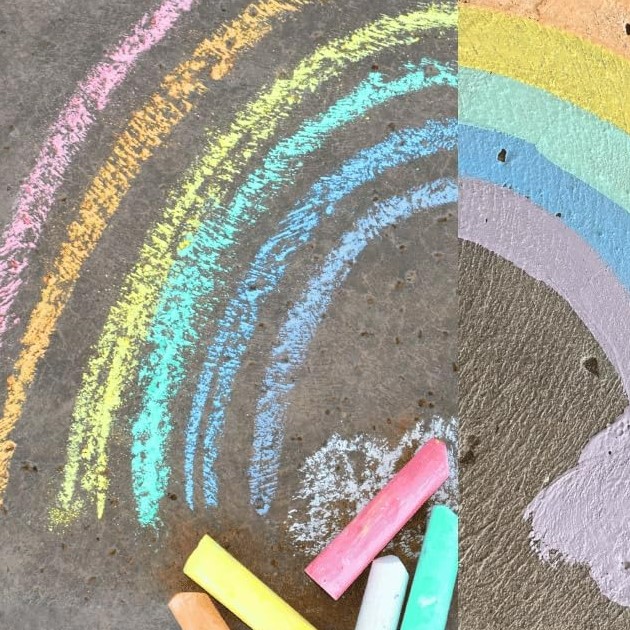
What is Chalk Paint?
1. Definition and Characteristics
Chalk paint is a special type of paint that offers a soft, matte finish. This paint easily adheres to a variety of surfaces, including wood, metal, and even glass. Perfect for upcycling furniture, chalk paint provides a durable finish that can last for years when cared for properly.
- Matte Finish: Its unique texture provides a vintage feel to any project, making it a favorite among crafters who want to achieve a shabby chic look.
- Versatile Application: The fast-drying nature and easy clean-up with water make it an excellent choice for indoors and outdoors alike.
2. Why Choose Chalk Paint?
There are several advantages to using chalk paint:
- Minimal Preparations: Unlike traditional paints, there’s often no need for extensive surface preparation or priming. You can apply it directly over most previously painted surfaces.
- Eco-Friendly: Many DIY enthusiasts appreciate that chalk paint can be made with natural ingredients, reducing the presence of harmful chemicals in their homes.

How to Make Chalk Paint at Home
1. Basic Ingredients You Will Need
How to make chalk paint? Making chalk paint is surprisingly easy and requires only a few common ingredients:
- Plaster of Paris: This is a crucial ingredient that gives chalk paint its texture and durability.
- Latex or Acrylic Paint: Choose any color you’d like; this will be the base color of your chalk paint.
- Water: Helps adjust the consistency of the paint for easier application.
2. Simple Recipe for Basic Chalk Paint
Here’s a straightforward recipe to make your own chalk paint:
- Mix Plaster of Paris and Water: In a bowl, combine 1 part plaster of Paris with 1 part water. Stir well until you achieve a smooth paste. This mixture serves as the foundation for your chalk paint.
- Add Paint: Stir in 2 parts of your chosen latex or acrylic paint into the mixture. Ensure it’s mixed thoroughly to avoid clumps.
- Adjusting Consistency: If the mixture turns out too thick, add a little more water to achieve the desired paint consistency. Conversely, if it’s too thin, add more plaster of Paris.
- Storing Your Paint: You can store any leftover chalk paint in a sealed container for future use. Just stir it well before reusing, as the ingredients may separate over time.
Colors and Textures
1. Making Colored Chalk Paint
One of the exciting aspects of making chalk paint at home is the ability to create an array of colors. Here’s how to customize your colors:
- Mixing to Create New Shades: You can blend different colors of latex paint before mixing in the plaster of Paris. For instance, combine blue and green to create a beautiful aqua, or mix red and white to achieve a lovely pink.
- Using Additional Pigments: Consider adding a few drops of acrylic craft paint for brighter hues. This method allows creative experimentation and helps you achieve exactly the shade you want.
2. Experimenting with Textures
Furthermore, you can adjust the texture of your chalk paint based on your project requirements:
- Smooth Chalk Paint: For a silky smooth finish, ensure you use fine plaster of Paris mixed in the proper ratio. This is ideal for furniture pieces that require a refined look.
- Textured Chalk Paint: If you’re looking for a more rustic texture, you can add sand or baking soda into your mixture. Start with one tablespoon per cup of paint and adjust according to your preference.
Tips for Working
1. Preparing the Surface
Even though chalk paint often requires minimal prep, taking a few steps can enhance the final outcome:
- Cleaning the Surface: Before painting, make sure to clean your furniture or project piece. Remove any dust, dirt, or grease that could interfere with paint adhesion.
- Sanding for Better Grip: Lightly sanding the surface can help the chalk paint adhere better, especially on glossy or smooth surfaces.
2. Application Techniques
When working with chalk paint, application technique plays a vital role in achieving the best results:
Select the Right Brush
- Prioritize Quality: Invest in a high-quality natural bristle brush. Natural bristles, such as those made from hog or sable hair, are known for their ability to hold paint well and provide a smooth application.
- Choose the Right Size: Consider the size of the brush in relation to the area you are painting. A larger brush can cover more surface area quickly, while a smaller brush allows for precision in detailed work.
- Avoid Synthetic Brushes for Certain Finishes: While synthetic brushes have their uses, they may not provide the same smooth finish as natural bristle brushes, especially with oil-based paints. Choose the material that best matches your paint type.
- Inspect the Brush: Before use, check the brush for loose bristles that might shed onto your work. A well-maintained brush is crucial for achieving a professional-looking finish.
- Clean and Maintain: After use, clean your brush thoroughly according to the paint type (water or solvent-based). Proper maintenance extends the brush’s life and ensures consistent performance on future projects.
Applying Thin Coats
- Understand the Benefits: Applying thin coats of paint promotes faster drying times compared to thick coats. This is essential for minimizing the risk of drips and uneven texture.
- Technique Matters: Use long, even strokes when applying the paint to promote an even distribution on the surface. Avoid going back over already applied areas too much, as this can create streaks.
- Use a Light Touch: When dipping the brush, avoid overloading it with paint. This will help you control the amount of paint you apply to the surface, ensuring thin layers.
- Layer Your Application: If you’re unsure about how much paint to apply, start with a very light coat. You can always add more if needed, but it’s hard to fix a thick layer that has sagged or run.
- Moisture Control: Consider the humidity and temperature of your workspace, as these factors can affect drying times. Applying thin coats helps speed up the drying process under varying conditions.
Multiple Coats
- Determine Coverage Needs: Depending on the base color of the surface and your chosen final color, you may find that multiple coats are necessary to achieve the desired depth and vibrancy.
- Plan for Up to Three Coats: As a general rule, be prepared to apply 2-3 coats of paint, especially when transitioning from a dark color to a lighter one or vice versa.
- Allow for Drying Time: Between coats, it’s crucial to let each layer dry completely. Allow at least 1 to 2 hours of drying time, or longer if conditions are humid or cool.
- Check Each Layer: After the first coat dries, inspect it closely for evenness and coverage. If any areas appear uneven or thin, you may need to apply a second coat more generously to achieve a uniform finish.
- Finish Considerations: Consider the finish you want (e.g., matte, satin, gloss) and how multiple coats might affect that. Some finishes may require fewer coats depending on the product used, so always refer to the manufacturer’s guidelines for best results.
Caring for Your Chalk Paint Finish
1. Sealing Your Paint
After completing your project, sealing your chalk paint finish is essential for longevity:
- Types of Sealants: You can use either a wax finish or a water-based polycrylic protective coat. Wax gives a beautiful soft feel, while polycrylic offers stronger protection.
- Application Method: If you choose wax, apply it with a clean cloth and buff it in. With polycrylic, use a clean brush or spray to provide an even coat.
2. Maintenance Tips
Keeping your chalk-paint pieces looking fresh requires some regular care:
- Dust Regularly: Use a soft, dry cloth to dust your chalk-painted surfaces frequently. Avoid using abrasive materials that can scratch the finish.
- Gentle Cleaning: For deeper cleaning, utilize mild soap and water. It’s important not to oversaturate the surface to prevent damage.
Conclusion
In conclusion, learning how to make chalk paint from scratch opens up a world of creative possibilities for your DIY projects. Featuring easy recipes for various colors and textures, you gain the ability to personalize furniture and home decor in ways that showcase your unique style. With minimal cost and maximum creativity, making your own chalk paint allows you to enhance the beauty of your space while enjoying the satisfaction of a job well done. Dive into the DIY world and start transforming your projects today with this versatile paint. Whether you’re tackling furniture, home decor, or crafting, chalk paint provides the perfect medium for artistic expression. Follow this guide, and unleash your creativity with every stroke of your brush!
